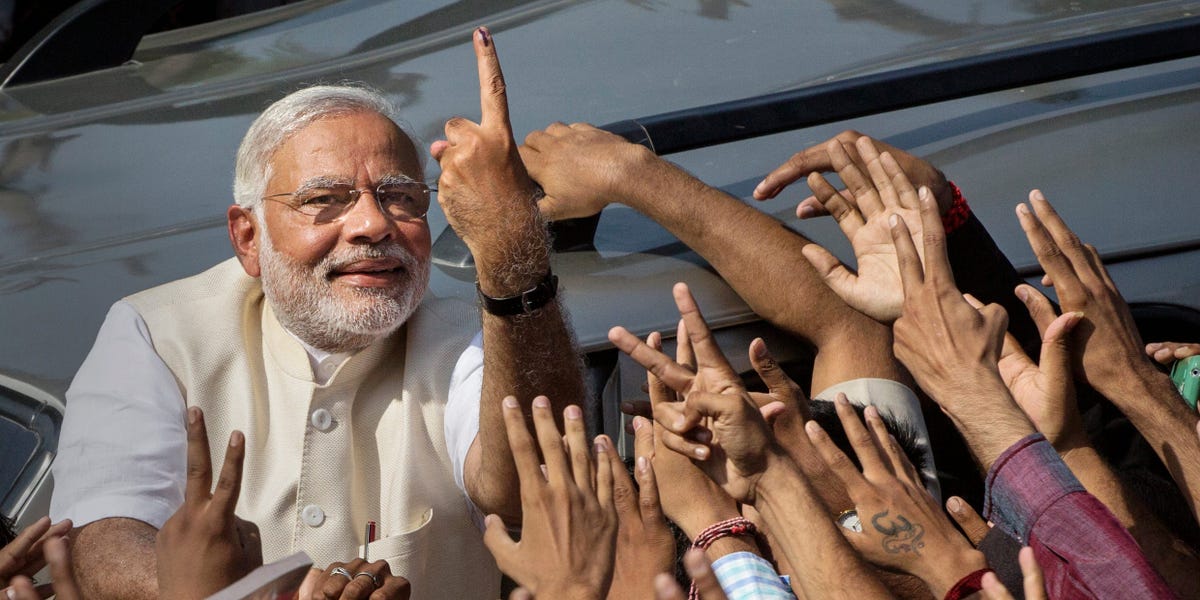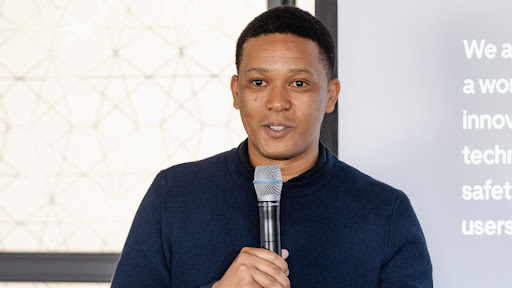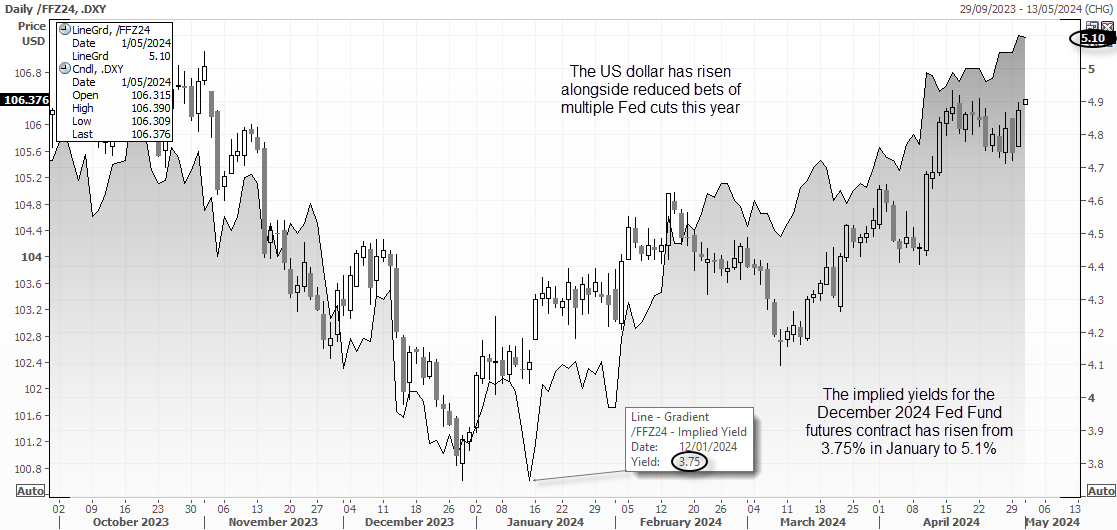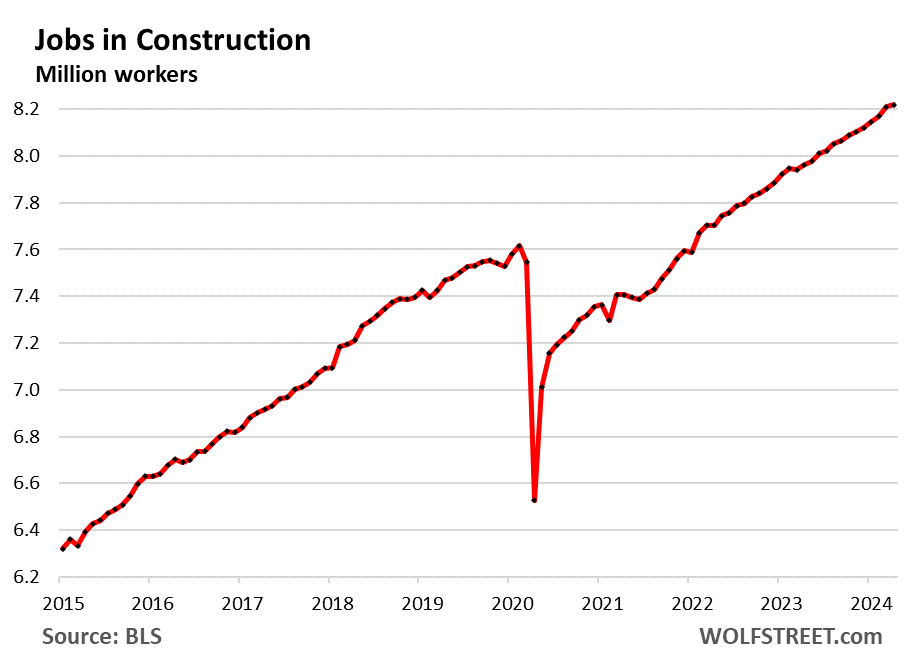- The Indian economy has grown strongly under Narendra Modi, whose party is poised to win another term.
- India’s success has caught the attention of figures like Elon Musk, Jamie Dimon and Tim Cook.
- Youth unemployment, income inequality, regional disparities and Russian oil remain major problems.
India’s powerful economic growth and burgeoning middle class under Narendra Modi have caught the attention of corporate titans like Elon Musk, Jamie Dimon and Tim Cook.
Modi is virtually in the running for a third term as prime minister after the ongoing national elections end on June 1. But the work begins there, as he will have to navigate thorny issues such as youth unemployment, income inequality and dependence on sanctioned Russian oil.
Encourage growth and shake hands
India’s economy has doubled in size during Modi’s decade in office to more than $3.7 trillion last year.
The International Monetary Fund (IMF) recently upgraded its real Gross Domestic Product (GDP) growth forecast to a robust 7.8% this year, 6.8% in 2025 and 6.5% in 2026.
India has already overtaken Britain to become the world’s fifth largest economy. It is on track to overtake Japan and Germany into third place behind the US and China by 2027.
The country’s flagship stock index has also tripled in value since Modi took office in May 2014, thanks to wealth gains and growing investment appetite.
Additionally, one estimate puts the percentage of India’s population living on less than $2.15 a day below 5%, down from 12% in 2011. However, the World Bank has pegged that figure at nearly 13% in 2021 .
India’s middle class has also soared with 60 million people now earning the rupee equivalent of more than $10,000 a year, about $37,200 when adjusted for purchasing power. Goldman Sachs expects the ranks of the relatively wealthy to swell to 100 million by 2027.
“Modi has done an incredible job in India,” JPMorgan’s Dimon told the Economic Club of New York last month. “I know the liberal press here, they beat the hell out of it. It lifted 400 million people out of poverty.”
Musk has sent in X who is looking forward to visiting India and meeting Modi this year. He delayed his trip last month, blaming “very heavy Tesla obligations.” The pair are expected to discuss with Tesla the construction of a multibillion-dollar factory in the country.
As for Apple’s Cook, he hailed India on a call in November as an “incredibly exciting market” and a “key focus of ours” given the explosive growth in potential customers as locals get richer.
Modi also met Nvidia CEO Jensen Huang, Microsoft chief Satya Nadella and Alphabet’s Sundar Pichai. It is likely to seek to attract foreign direct investment (FDI) to India and capitalize on bosses’ desire to hedge their bets in China given its strained relationship with the US. supply chains.
“India’s economic and population growth numbers are causing many global executives to review their presence in India and consider expanding their scale,” Richard Rossow, senior adviser and chair of US-India Policy Studies at the Center, told Business of Strategic and International Studies. Insider.
“Along with rising concerns about supply chain resilience and security concerns about China, it’s a very good time for a hard drive to win investment.”
The United Nations said India and China had a population of 1.426 billion in April last year, meaning India is now likely to be the most populous given its rising birth rate.
Change for the better, mostly
Modi has instigated a series of major economic reforms since taking office, aimed at making India more business-friendly and boosting government revenue by taxing more of the country’s vast informal economy.
He launched a goods and services tax, simplified bankruptcy laws, lifted FDI restrictions, cut corporate income tax and ended retrospective taxation.
However, not all of Modi’s moves have spurred growth.
“Demonetization was a key economic policy that had negative effects on the economy,” Kunal Sen, director of the World Institute of Development Economics at the United Nations University, told BI.
Sen is the author of several books on the Indian economy and a professor of development economics at the University of Manchester.
He was referring to Modi’s sudden announcement in November 2016 that all 500 and 1,000 rupee notes – 86% of Indian currency in circulation – would no longer be accepted as legal tender.
The government’s goals were to capture undeclared income, get rid of counterfeit currency, expand the tax base and bring more activities into the formal economy.
“The other key economic policy was JAM – the trinity of bank accounts for the poor, mobile numbers and a biometric card. This latest economic policy was revolutionary,” Sen said.
He hailed a broader digitization drive under Modi that has transformed the way Indians bank, invest, pay their taxes and conduct business.
Prosperity for all
Modi’s efforts have helped usher in a more prosperous era for some Indians, but many have been left behind.
Young people are the beating heart of India, with about half of its population under the age of 25 and nearly two-thirds under the age of 35. Employing those hundreds of millions of people with jobs has proven to be a challenge, with youth unemployment almost it has tripled from 6% in 2000 to 18.% in 2019. It still stands at a strong 10% in 2023, according to the International Labor Organization.
The report found that nearly 30% of India’s graduates were unemployed by 2022 and only 10% of the working-age population was formally employed.
“Unemployment is a big problem,” Rossow said, stressing that this isn’t just a recent graduate problem, but a “much, much bigger bubble: the underemployed farm workers.”
Increased agricultural productivity is likely to help farm workers make a faster transition to city life in the coming years, but they will struggle to land modern service industry jobs “without significant training and education,” Rossow said.
As a result, lower-skilled manufacturing and assembly jobs and lower-end service jobs will be needed, he added.
Another big challenge will be to address the growing wealth divide. The richest 10% of the population own more than 72% of the country’s wealth, according to an Oxfam report published last year.
Business tycoons Mukesh Ambani and Gautam Adani are among the 15 richest people in the world, according to the Bloomberg Billionaires Index. Sales of luxury items are booming with long waiting lists for flashy purchases like the Mercedes “G Wagon”.
The lavish pre-wedding party hosted by the Ambani family earlier this year was pointed out by some as an affront to the large number of Indians living in poverty.
According to one estimate, nearly 1.3 billion people live on less than $3,500 a year, and India ranks 111th on the Global Hunger Index, below even North Korea.
The increase in equality is partly explained by a “capital-intensive mode of economic growth coupled with the increasing power of business conglomerates,” Sen told BI, referring to how big companies like the Adani Group get huge government contracts to build ports, bridges, roads and other infrastructure.
A third challenge is regional inequality, as some states such as Bihar and Uttar Pradesh have not experienced the same growth and modernization of their economies as others, Rossow said.
The enigma of Russia
A striking aspect of Modi’s economic boom has been his reliance on Russia since it invaded Ukraine in early 2022.
India went from getting 2% of its crude oil from Russia before the war to 35% last year. During that period, the United States and Europe imposed sanctions on Russian oil to defund Putin’s military machine and punish Moscow for attacking a sovereign nation.
Despite this, India bought about $37 billion of oil from Moscow in 2023, 13 times the amount it bought annually before the conflict. Its purchase helped Russia achieve a record $320 billion in federal revenue last year.
Indian demand for Russian oil has cooled in recent months as new sanctions have made it more expensive, but the purchase remains controversial.
Indian officials defended the purchases, saying if they bought oil from the Middle East, global crude prices would skyrocket.
India is also one of the world’s largest oil refiners and has helped Western nations maintain access to refined petroleum products even as they refrain from buying Russian crude directly.
However, the country imports 85% of its oil, so its main interest is to get the cheapest possible oil to support its development, said Neelima Jain, senior fellow and president of India Policy Studies at the US CSIS.
“India will continue to buy Russian oil if the price remains favorable and allows for firm volume guarantees, as the country prioritizes affordability and energy affordability during its rapid rural-to-urban transition, which has led to 6% year-on-year growth in energy demand,” BI said.
“In an inflationary environment, the economy [rather] that geopolitics will drive India’s energy choices.”
India the hub of IT
Under Modi, India has made great strides in modernizing its economy, fighting red tape and attracting foreign investors.
Big tech stalwarts like Microsoft have a long history of outsourcing to India, but recent efforts to cut red tape and cut corporate taxes appear to be fueling renewed interest.
Layoffs at Alphabet, Amazon, Meta, Salesforce and other US tech titans in recent years could portend a major job exodus to India.
Randstad India’s Sanjay Shetty told The Economic Times last summer that he expected between 30% and 40% of tech jobs to be cut globally to move to India by 2025.
“India is going to be the biggest gainer in the medium to long term as almost every company we talk to is looking to expand their base in India,” Shetty said.
Even if it happens, it will not be a panacea for a country that faces not only unemployment and underemployment, but also strong income inequality, regional disparities and the risk of alienating Western allies by continuing to buy Russian oil.
Overall, however, India seems to be heading in the right direction.
“Growth is real, if you focus on a few key states,” Rossow said. “India’s dynamic technology services sector is to IT services what China is to manufacturing. So there is much to be excited about, even as the reform agenda seems never-ending.”
#Modis #India #economic #superpower #huge #problems #remain






